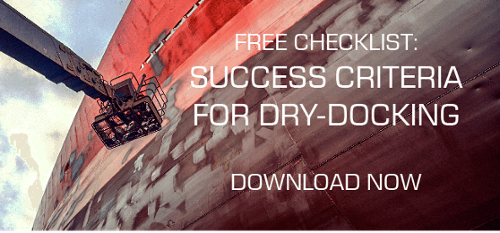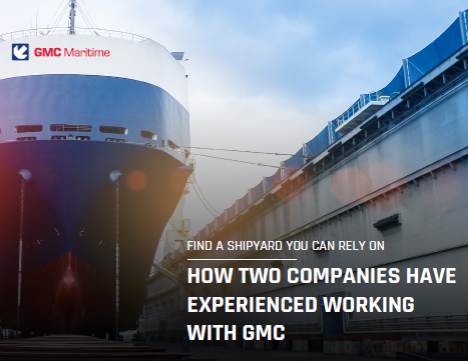
Most shipyards require all vessels to be drained of gas and certified as gas free before dry-docking. Did you know that you can avoid time-consuming and costly gas draining, if your ship ventures to the shores of Stavanger in Norway?
Stavanger harbor is not a gas-free zone
It will, of course, depend on the type of ship you manage, and the kind of maintenance required on the vessel, but on a general basis, the Stavanger marina does not require you to perform purging or gas freeing before dry-docking your ship.
This is because the marina has to cater to ferries that run solely on gas and therefore can’t possibly be emptied every time they enter the dock.
The Stavanger harbor is therefore by extension exempt from the no-gas-while-docking-rule enforced by most other harbors. This applies to all ships.
Not only can ships be docked without being drained of gas, but you can also fill the ship with gas while at the shipyard.
The big question of safety remains:
- How can gas-filled vessels be allowed in any marina?
- Is Stavanger marina not concerned about the possibility of explosions and injuries on both ship and crew as they are in other European harbors?
Risk factors when performing maintenance on a ship when it is full of gas
Let's get one thing straight, docking a ship containing gas is no more dangerous than sailing a gas-filled ship. It’s when you include hot work in the mix that things could go horribly wrong.
Docking at a non-gas free marina is therefore perfectly safe, but make sure appropriate safety measures are taken during the maintenance work so that both crew and ship is safeguarded at all times.
Safety measures to apply when docking
There are a few things you should consider when the ship is in a non-gas-free condition at docking.
- Firstly, all cargo and slop tanks should be secured, and you should make sure that the shipyard isn’t planning on doing any hot work at least 60 meters of where there is gas.
- Additionally, there shouldn’t be conducted any hot work in the pump rooms, within the inner hull space of a double hull tanker, in pipeline systems connected to these spaces or on the deck above the pump rooms. This is unless the areas are documented as gas free.
- It’s also important to cut off the areas from the common vent and inert gas COW lines with a minimum of two valve segregation. These valves must be marked clearly.
Read also: Which factors should determine your choice of shipyard and dry dock?
What’s in it for you?
Gas-freeing a ship is extremely costly. Not only do you have to pay several hundred thousand (sometimes millions depending on the size of the ship and the amount of gas) to drain the gas on secure tanks, you also lose revenue because you have to take the ship out of business for several days.
Gas draining typically takes a couple of days, and it takes just as long to refill the gas after maintenance is finished. These extra days at the docks also mean you pay more in leasing fees for to the shipyard.
So, do yourself a favor and dock at a shipyard where gas-freeing isn’t mandatory.




